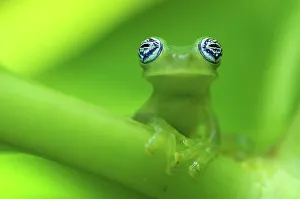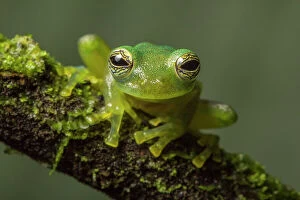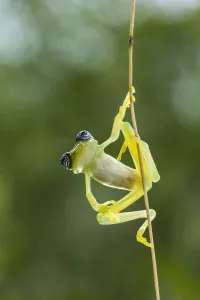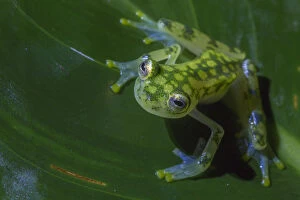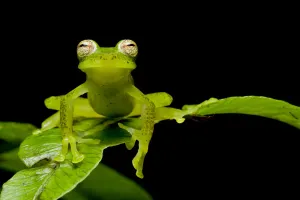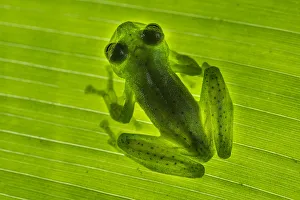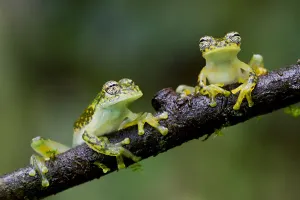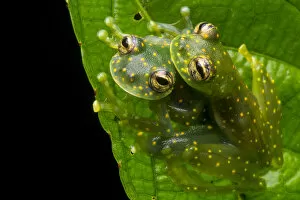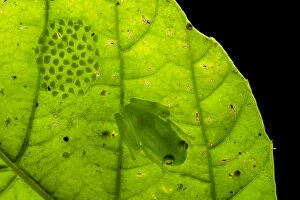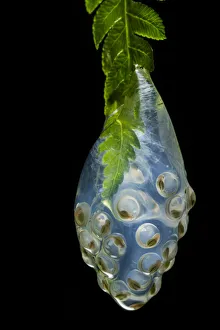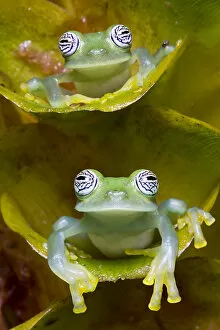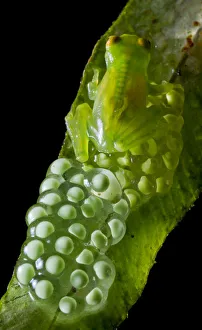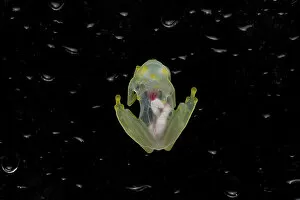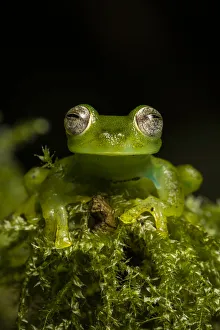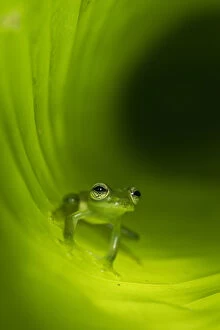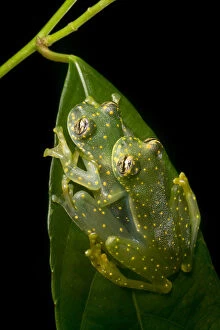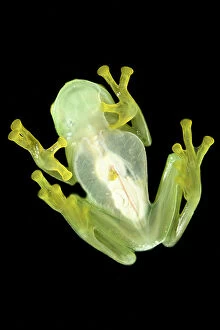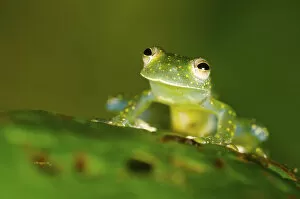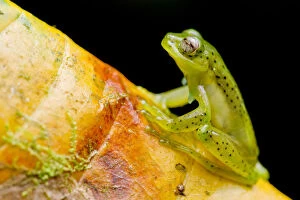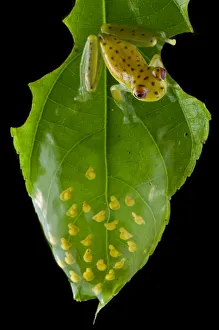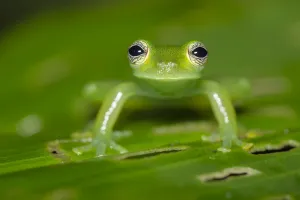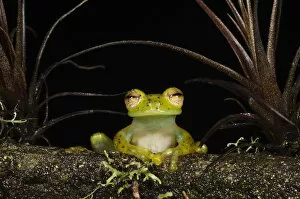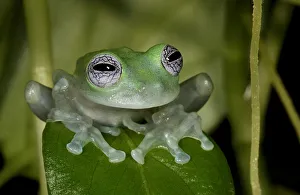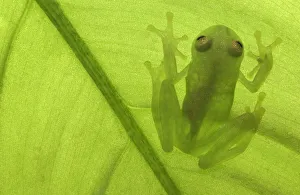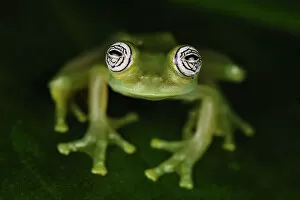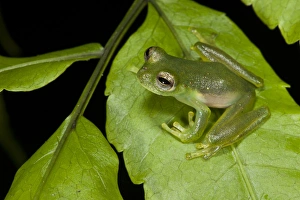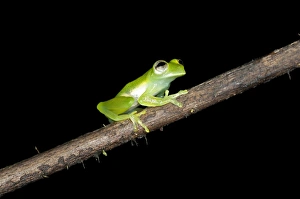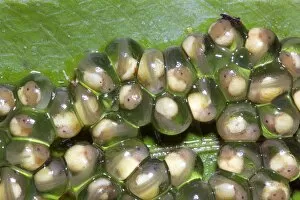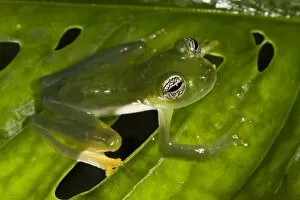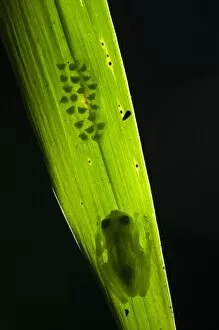Centrolenidae Collection
Centrolenidae, also known as glass frogs, are a fascinating group of amphibians that inhabit the lush rainforests of Central and South America
All Professionally Made to Order for Quick Shipping
Centrolenidae, also known as glass frogs, are a fascinating group of amphibians that inhabit the lush rainforests of Central and South America. These unique creatures derive their name from their translucent skin, which allows us to see their internal organs. One such member of this family is the Ghost glass frog (Centrolenella ilex), whose portrait showcases its ethereal beauty against the backdrop of Costa Rica's vibrant ecosystem. Another species, the Nicaraguan giant glass frog (Espadarana prosoblepon) found in La Selva Field Station, captivates with its impressive size and striking appearance. The Reticulated glass frogs (Hyalinobatrachium valerioi) display an enchanting sight as a pair engages in amplexus on the Osa Peninsula. Their intricate patterns create a mesmerizing spectacle amidst nature's splendor. Similarly, the Ghost glass frog (Sachatamia ilex) exhibits its transparent allure in Costa Rica's rich biodiversity. At La Selva Field Station in Costa Rica resides another variant called Reticulated glass frog (Hyalinobatrachium valerioi). When backlit, these frogs reveal their highly translucent bodies that seem almost otherworldly. Venturing into Ecuadorian territory brings us face to face with captivating specimens like Mashpi glassfrog (Hyalinobatrachium mashpi). In captivity but naturally occurring in Ecuador, these frogs allow us a glimpse into their internal organs through their underside view. The Emerald Glass Frog (Centrolenella proseblepan), discovered in mid-altitude rainforests at Bosque de Paz, enchants with its emerald-green hue contrasting against vibrant leaves. Meanwhile, Las gralarias glass frog (Nymphargus lasgralarias) perches gracefully on a leaf in Mindo, Pichincha showcasing yet another stunning example of this diverse family.

